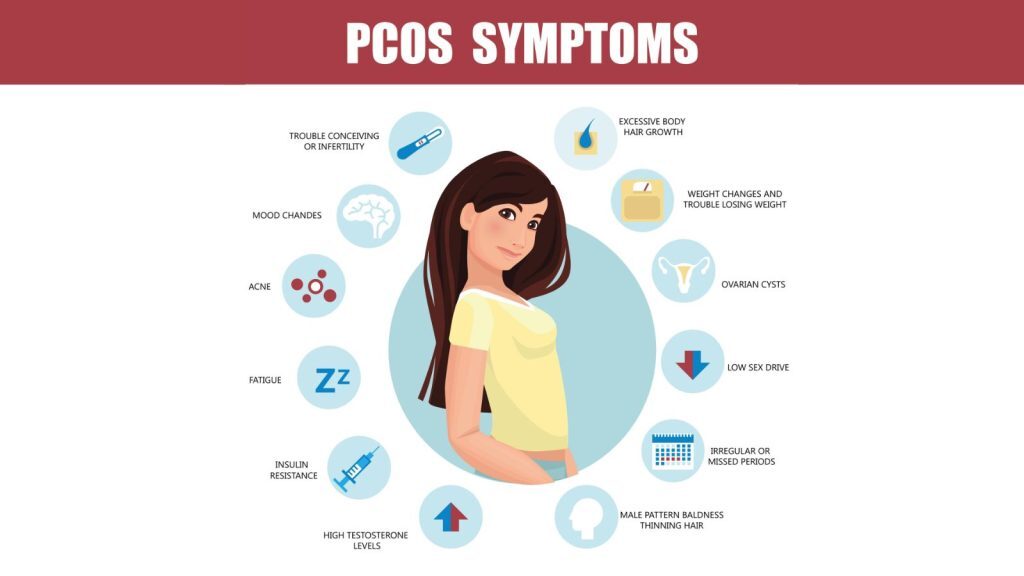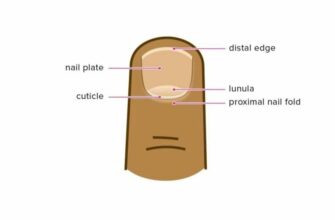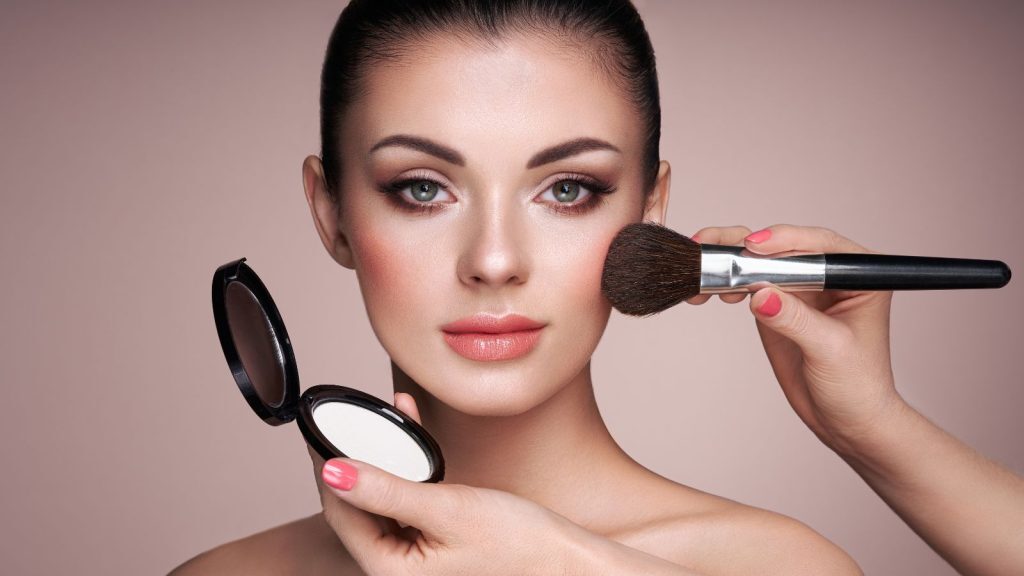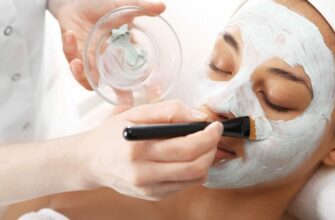So many of us have different skincare regimens that work for our unique skin types. However, have you ever wondered what the differences between Korean vs Japanese skincare routines are? Both countries place great emphasis on having glowing, healthy skin.
- Both Korean and Japanese skincare routines aim to have clear, luminous skin.
- The Korean routine is a 10-step process that includes double cleansing, exfoliation, toning, essence, serum, and sheet mask.
In this blog post, we’ll go through the specific ingredients each culture uses in their skincare products and how mixing them can lead to super soft and smooth skin!
Whether you already follow a routine from either country or want to learn more about these approaches to radiant skin— read on for helpful tips and tricks.

Korean and Japanese skincare routines have more in common than one might think. While the goal of clear, luminous skin is a shared aim, the methods used to achieve it differ as each country uses different ingredients and approaches.
Korean skincare focuses on providing extensive hydration with multiple layering steps to help nourish and tone the skin. On the other hand, Japanese skincare claims to be all about simplicity with few but powerful steps, utilizing high-quality natural products that work when working in synergy with one another.
- The Korean skincare routine has 10 steps, starting with double cleansing and ending with sunscreen.
- The Japanese routine is a much simpler 4-6 step process that includes cleansing, toning, moisturizing, and sunscreen.
- The Korean routine is more time-consuming than the Japanese routine.
- The Korean routine is more expensive than the Japanese routine because it requires more products.
- The Korean routine is better for people with dry skin because it includes more hydration steps.
- The Japanese routine is better for people with oily skin because it includes fewer steps that could clog pores.
- The Korean routine is better for people who want to achieve a dewy complexion because it includes more hydrating steps.
- The Japanese routine is better for people who want to achieve a matte complexion because it includes fewer steps that could make the skin look shiny.
- The Korean routine can be customized to meet the specific needs of each individual, while the Japanese routine is less customizable.
- The Korean routine includes a double cleanse, which helps to remove all traces of makeup and dirt from the face. The Japanese routine does not include a double cleanse and may not be as effective at removing all traces of makeup and dirt from the face.
- The Korean routine includes an exfoliation step, which helps to slough off dead skin cells and reveal brighter, smoother skin underneath. The Japanese routine does not include an exfoliation step and may need to be more effective at revealing brighter, smoother skin underneath.
- In the Korean skincare regimen, one of the essential steps involves using a sheet mask to moisturize and revitalize the skin. The Japanese routine does not include a sheet mask step and may not be as effective at hydration and nourishment of the skin.

The first step in any Korean skincare routine is double cleansing. Double cleansing consists of using an oil-based cleanser to eliminate makeup and excess sebum and a water-based cleanser to purify the skin.
This cleansing method removes all traces of dirt, makeup, and oil from the skin, leaving it feeling refreshed.
Exfoliation is the next step in a Korean skincare routine. Exfoliation is important as it helps remove dead skin cells from the skin’s surface, revealing brighter, more radiant skin.
There are two types of exfoliation: Physical exfoliation removes dead skin cells with a scrub or brush, while chemical exfoliation dissolves dead skin cells with acids or enzymes.
Toners help restore the skin’s pH balance and prep the skin for the next steps in a Korean skincare routine. Toners can hydrate the skin and remove any remaining dirt, makeup, or oil.
Essences contain active ingredients to target specific skincare concerns in their watery formulation. Essences are typically applied after toning and before serums and ampoules.
Serums contain concentrated active ingredients targeting specific skincare concerns. Serums are typically applied after essences and before ampoules or creams.
Ampoules deliver concentrated active ingredients to the skin to address specific concerns. Ampoules are typically applied after serums and before creams or masks.
Sheet masks are thin sheets of fabric soaked in a serum or essence and then applied to the face. Sheet masks help hydrate and nourish the skin, leaving it brighter and more radiant. Sheet masks should be used 1-2 times weekly after cleansing and toning but before applying serums, ampoules, or creams.
Eye creams are formulated specifically for delicate eye area. Eye creams hydrate, nourish, reduce puffiness, and diminish fine lines and wrinkles. Eye creams should be applied after serums but before moisturizers.
Moisturizers seal in moisture to hydrate and nourish the skin. Moisturizers are available in lotions, creams, gels, balms, and oils. Moisturizers should be applied after eye cream but before sunscreen if you’ll be going outside during the day.

The first step in any Japanese skincare regimen is cleansing. Removing dirt, oil, and makeup through skin cleansing prevents clogged pores and breakouts. There are various ways to cleanse the skin, including gentle, oil, or double cleansing.
Exfoliating the skin is the second step in a Japanese skincare regimen. Exfoliating helps to remove dead skin cells that can make the skin look dull and dry. You can exfoliate your skin using a physical or chemical exfoliator.
Toning the skin is the third step in a Japanese skincare regimen. Toning restores the skin’s pH balance and hydrates it. A toner, essence, or sheet mask are different methods to achieve skin toning.
The fourth step in a Japanese skincare regimen is treating the skin. This step helps to target specific concerns such as acne, wrinkles, or dark spots. There are a variety of treatments that can be used, including serums, sheet masks, and face oils.
The fifth and final step in a Japanese skincare regimen is moisturizing the skin. Moisturizing helps lock in hydration and keep the skin plump and youthful. There are a variety of ways to moisturize the skin, including using a face cream, face oil, or sleeping mask.
Eating a nutritious diet is one of the best ways to maintain soft, healthy skin. Foods rich in vitamins and minerals can help nourish the skin and keep it looking its best. Some of the best foods for healthy skin include salmon, avocados, nuts, seeds, and leafy green vegetables.
Drinking plenty of water is essential for maintaining soft, healthy skin. When the body is properly hydrated, the skin cells can function optimally and maintain their elasticity. Aim to drink eight glasses of water each day.
When cleansing the skin, it is important to use a gentle cleanser that will not strip away its natural oils. Opt for a cleanser free from harsh chemicals and sulfates, as these can dry the skin. Instead, look for a natural or organic cleanser that contains ingredients like aloe vera or chamomile.
Exfoliating the skin regularly is another important step in maintaining soft, healthy skin. Exfoliation helps remove dead skin cells from the skin’s surface, which can leave it looking dull and dry. When exfoliating, use a gentle scrub that will not irritate the skin.
Keeping the skin properly moisturized is one of the most important steps in maintaining soft, healthy skin. When selecting a moisturizer, opt for one that contains hyaluronic acid or glycerin, as these ingredients can help to lock in moisture and keep the skin hydrated.
Apply moisturizer liberally all over the body after showering or bathing.
Wearing sunscreen is one of the best ways to protect the skin from damage caused by ultraviolet (UV) rays from the sun. UV rays can cause premature skin aging, including wrinkles and dark spots.
For optimal protection, choose a sunscreen with an SPF of 30 or higher and apply it liberally to all exposed areas of skin before going outdoors.

Eating more is one of the most common mistakes when trying out new workout routines. When you don’t eat enough, your body doesn’t have the energy it needs to power through your workouts, which can lead to fatigue and a decrease in performance.
To ensure you’re eating enough, include plenty of lean protein, healthy fats, and complex carbohydrates in your diet.
Another common mistake people need to correct is to stretch more before their workouts. When you don’t stretch, your muscles are more likely to become tight and sore.
To avoid this, spend at least 5-10 minutes stretching before you start your workout. Focus on stretching your major muscle groups, such as your chest, back, legs, and arms.
While being consistent with your workouts is important, working out too much can be counterproductive. When you over-train, your body doesn’t have time to recover from your workouts, which can lead to fatigue, injury, and a decrease in performance.
To avoid overtraining, give yourself at least one day of rest per week and listen to your body if it feels fatigued.
If you’re lifting weights, one common mistake people make is not resting enough between sets. When you don’t rest enough, your muscles don’t have time to recover, leading to fatigue and decreased performance.
To avoid this, be sure to rest for at least 60 seconds between sets of weightlifting exercises.
Another mistake people often need to correct is tracking their progress. When you don’t track your progress, it isn’t easy to know whether you’re progressing toward your goals.
To track your progress, keep a workout journal and record the exercises you did, the reps and sets you completed, and how much weight you lifted.
Doing the same thing daily is another mistake people often make when trying out new workout routines. When you do the same thing daily, your body becomes accustomed to the routine and stops progressing.
To avoid this plateauing effect, mix up your workouts by doing different exercises and adding variety to your routine.
Having a plan is another common mistake people make when starting new workout routines. Without a plan, it’s easy to become frustrated and give up on your goals. To create a plan:
- Start by setting realistic goals for yourself, then create a schedule that outlines when and how often you’ll work out.
- Include days of rest in your schedule, so your body has time to recover.
- Find a workout buddy or group to stay motivated and accountable.

The first step in any good skincare routine is cleansing your skin. It helps to remove dirt, oil, and makeup from your skin, as well as any other impurities that may be clogging your pores. There are a variety of different cleansers on the market, so it’s important to choose one that is right for your skin type.
If you have dry skin, look for a gentle cleanser that won’t strip your skin of its natural oils. If you have oily skin, look for a cleanser that contains salicylic acid or other ingredients that will help to control oil production.
Toner is an optional step in a skincare routine, but it can be beneficial for all skin types. Toner helps to remove any remaining dirt and impurities from your skin after cleansing, and it can also help to restore your skin’s pH balance.
If you have dry or sensitive skin, look for a hydrating toner that contains ingredients like aloe vera or glycerin. If you have oily skin, look for a toner that contains witch hazel or other ingredients to help control oil production.
Exfoliating removes dead skin cells from the surface of your skin. It can help to improve the appearance of your skin, as well as its texture and tone.
There are a variety of different exfoliators on the market, so it’s important to choose one that is right for your skin type. If you have sensitive skin, look for an exfoliator with gentle ingredients like jojoba beads or fruit enzymes.
If you have oily skin, look for an exfoliator with stronger ingredients like glycolic acid or salicylic acid.
A serum targets specific skincare concerns with its concentrated active ingredients. Serums can be beneficial for all skin types, but they are particularly helpful for those with specific concerns like fine lines and wrinkles, dark spots, or dryness.
When choosing a serum, it’s important to select one formulated for your specific concern. For instance, seek a serum containing retinol or other anti-aging ingredients if concerned about fine lines and wrinkles.
Moisturizing your skin is necessary for any skincare routine to maintain hydrated and healthy-looking skin.
With numerous moisturizers, finding the one that matches your specific skin type is essential. For those with dry skin, seeking a moisturizer with a thick and creamy texture is recommended. For oily skin, seek a light and non-greasy moisturizer.







